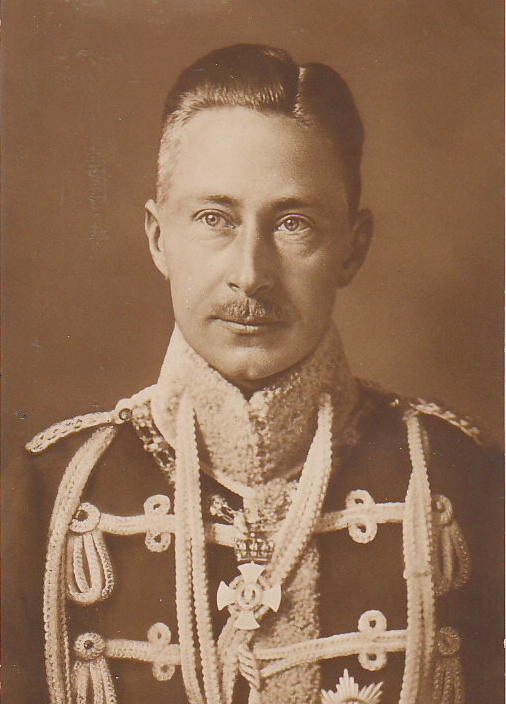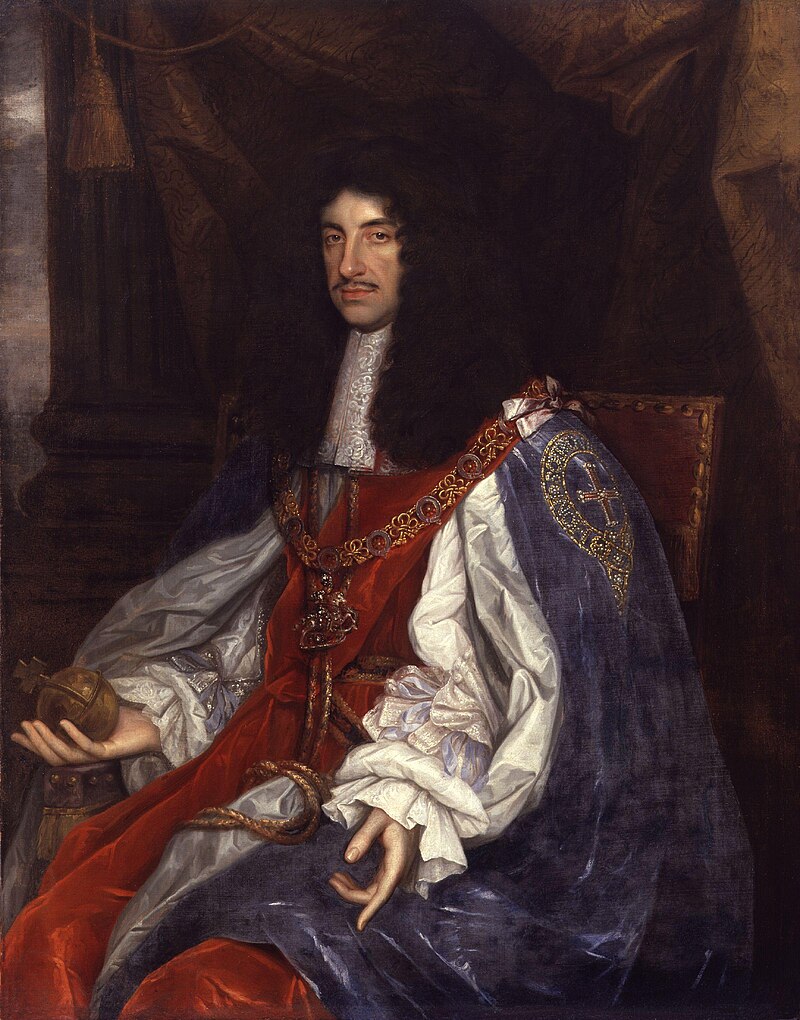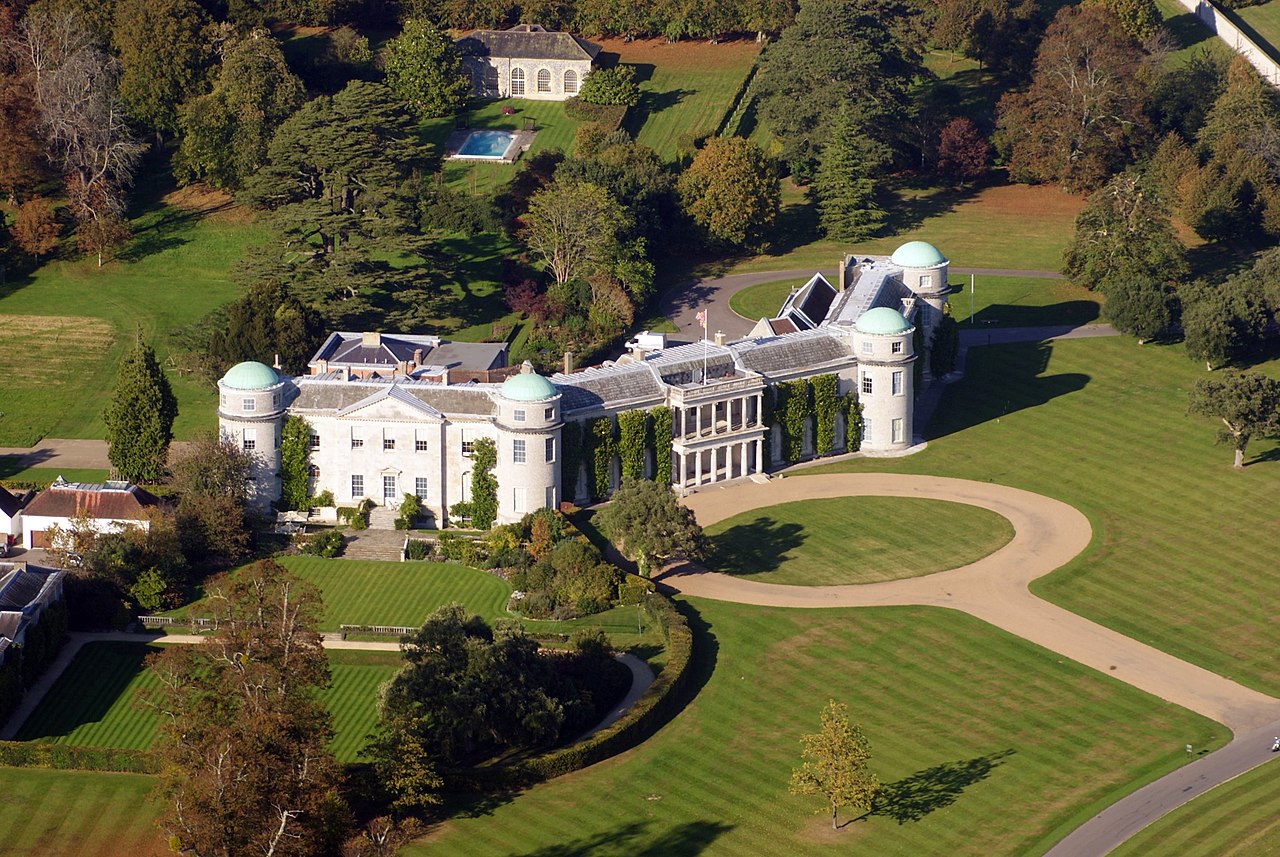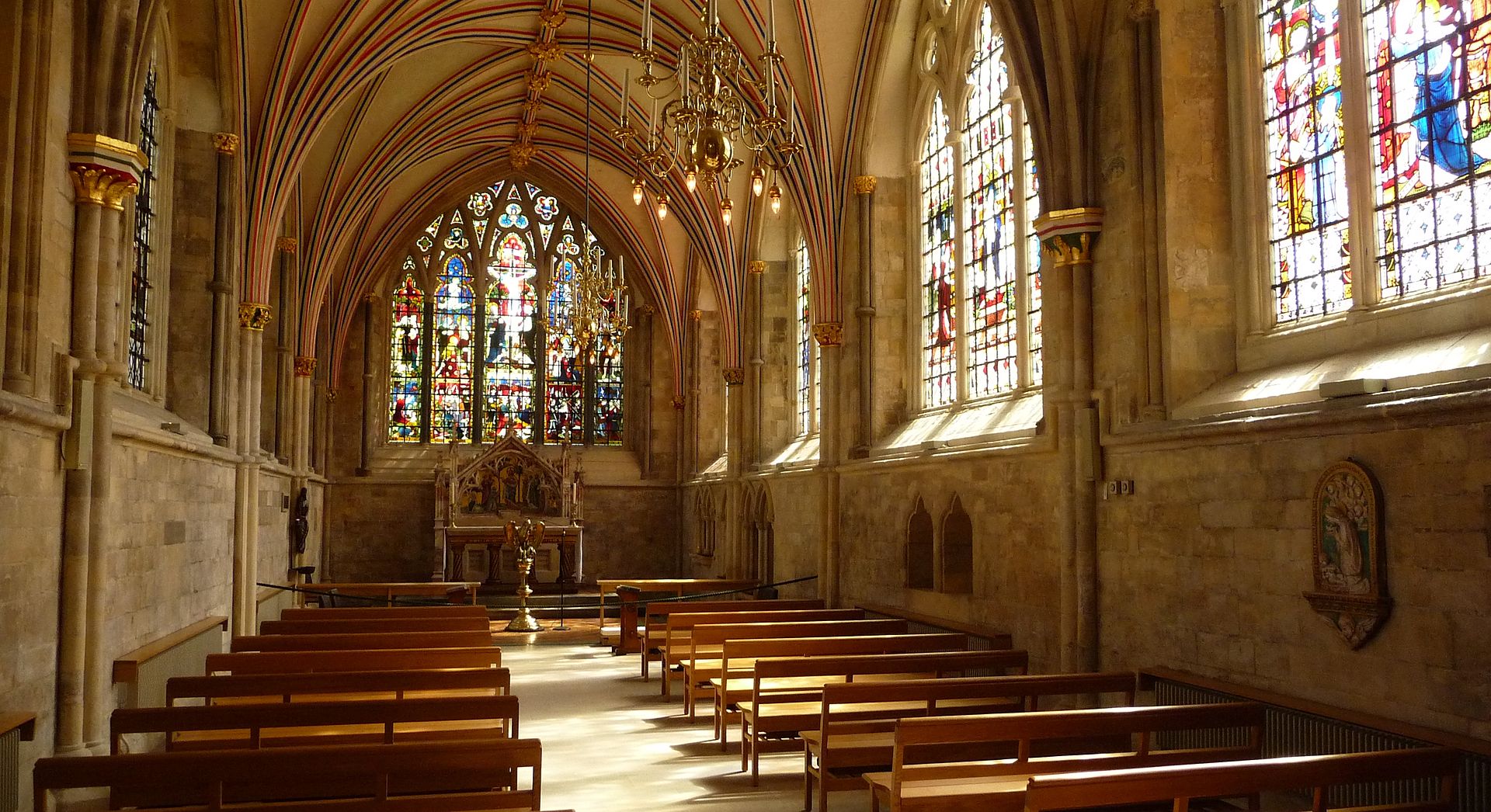© Unofficial Royalty 2024

Wedding of Princess Maud of Wales and Prince Carl of Denmark, later King Haakon VII of Norway; Credit – Wikipedia
July 22, 1210 – Birth of Joan of England, Queen of Scots, daughter of King John of England, wife of Alexander II, King of Scots, in Gloucester, England
Joan was the eldest of the three daughters and the third of the five children of King John of England and Isabella of Angoulême. Joan’s father died when she was six years old, leaving his eldest son King Henry III, a nine-year-old, to inherit his throne. Five years later, marriage negotiations were occurring for Joan. Twelve years older than Joan, Alexander II, King of Scots was the only son of William I, King of Scots (the Lion), and became King of Scots in 1214 when he was sixteen years old. On June 21, 1221, at York Minster in York, England, eleven-year-old Joan married 23-year-old Alexander. Alexander’s court was dominated by his mother Dowager Queen Ermengarde and Joan’s position was not strong. Joan and Alexander never had any children, which left Alexander without an heir, a major issue for any king. An annulment of the marriage was risky as it could provoke a war with England.
Unofficial Royalty: Joan of England, Queen of Scots
July 22, 1478 – Birth of Philip of Austria, Duke of Burgundy, husband of Juana I, Queen of Castile and León, in Bruges, Duchy of Burgundy, now in Belgium
Philip was the son of Maximilian I, Holy Roman Emperor and Mary, Duchess of Burgundy in her own right. When his mother died, he inherited the Burgundian Netherlands. He married Juana, the second daughter of Queen Isabella I of Castile and León and King Ferdinand II of Aragon, and their eventual successor. The year before his death, he co-reigned with his wife as Philip I.
Unofficial Royalty: Philip of Austria, Duke of Burgundy, King of Castile and León
July 22, 1535 – Birth of Katarina Stenbock, Queen of Sweden, third wife of King Gustav Vasa I of Sweden, in Torpa, Västergötland, Sweden
Katarina’s mother was the sister of King Gustav I Vasa of Sweden’s second wife Margareta Eriksdotter Leijonhufvud. Therefore, Katarina was the first cousin of the ten children of Gustav Vasa and Margareta Leijonhufvud. Katarina’s parents, part of the Kungafränderna (The King’s Relatives), were given prominent positions and had much influence at court. It is quite probable that Katerina served as a maid of honor to her aunt Margareta Leijonhufvud. When Katerina’s aunt died in 1551, Gustav Vasa decided to marry Katarina despite the king being 56 and Katarina being 17. Gustav Vasa saw this marriage as a way to forgo the costs and the time-consuming negotiations necessary to arrange a marriage with a foreign princess in the complicated political climate in Europe due to the ongoing conflicts caused by the Protestant Reformation. Katarina’s family saw the marriage as a way to preserve the family connection they had made with Gustav Vasa through his previous marriage with Margareta Leijonhufvud. Katarina and Gustav Vasa had no children but Katarina served as a stepmother to her first cousins, the children of Gustav Vasa and her aunt Margareta Leijonhufvud.
Unofficial Royalty: Katerina Stenbock, Queen of Sweden
July 22, 1746 – Death of Maria Teresa Rafaela of Spain, Dauphine of France, 1st wife of Louis, Dauphin of France, the son of Louis XV, King of France, at the Palace of Versailles in Versailles, France; buried at the Basilica of Saint-Denis near Paris, France
In 1744, Maria Teresa married Louis, Dauphin of France, the son of Louis XV, King of France. Maria Teresa Rafaela soon became pregnant. On July 19, 1746, she gave birth to a daughter, named Marie-Thérèse by her husband in honor of his adored wife. Maria Teresa Rafaela initially recovered from childbirth but then her condition deteriorated quickly and she died on July 22, 1746, aged 20, at the Palace of Versailles. Maria Teresa’s husband Louis never succeeded to the French throne. He died of tuberculosis on December 20, 1765, at the age of 36.
Unofficial Royalty: Maria Teresa Rafaela of Spain, Dauphine of France
July 22, 1751 – Birth of Caroline Matilda of Wales, Queen of Denmark and Norway, daughter of Frederick, Prince of Wales, sister of King George III of the United Kingdom, wife of King Christian VII of Denmark, was born at Leicester House in London, England
Caroline Matilda has a sad history. Soon after her marriage to her first cousin Christian VII, Caroline Matilda discovered he was severely mentally ill. Johann Friedrich Struensee, Christian’s doctor, had some success dealing with the king but he also became the lover of the ill-treated Caroline Matilda, whose marriage was less than satisfactory. When the affair became known, Sturensee was brutally executed and Caroline Matilda’s marriage was dissolved, she lost her title of Queen and was forcibly separated from her children whom she never saw again. She was held in custody for the rest of her life at Celle Castle in the Kingdom of Hanover. Her time in custody proved to be short. Three years later, Caroline Matilda died of “a putrid fever and sore throat,” probably scarlet fever at the age of 23.
Unofficial Royalty: Caroline Matilda of Wales, Queen of Denmark
July 22, 1832 – Death of Napoléon II (Napoléon François Charles Joseph Bonaparte), son of Napoleon Bonaparte and his second wife Marie Louise of Austria, at Schönbrunn Palace in Vienna, Austria; originally buried in the Kapuzinergruft in Vienna; in 1940 his remains were transferred to Les Invalides in Paris, France where his father is buried
Napoléon I divorced his childless first wife Joséphine de Beauharnais telling her he needed to find another wife who could provide him a son. He married Marie Louise of Austria and they had one son Napoléon François Charles Joseph Bonaparte. After his defeat at the Battle of Waterloo, Napoléon I abdicated in favor of his four-year-old son and was exiled to the island of Saint Helena. Napoléon II “reigned” for two weeks, when King Louis XVIII of France, the elder of the two surviving brothers of the beheaded King Louis XVI of France, returned to France to resume the throne he had vacated earlier that year due to Napoléon I’s return from his first exile. Napoléon II and his mother lived in her homeland of Austria. He had been dealing with lung problems from a very early age and eventually developed tuberculosis. He died on July 22, 1832, at Schönbrunn Palace in Vienna, Austria at the age of twenty-one.
Unofficial Royalty: Napoléon François Charles Joseph Bonaparte, Napoleon II
July 22, 1848 – Birth of Adolf Friedrich V, Grand Duke of Mecklenburg-Strelitz, in Neustrelitz, Grand Duchy of Mecklenburg-Strelitz, now in Mecklenburg-Vorpommern, Germany
Full name: Adolf Friedrich August Viktor Ernst Adalbert Gustav Wilhelm Wellington
Adolf Friedrich was the son of Friedrich Wilhelm, Grand Duke of Mecklenburg-Strelitz and Princess Augusta of Cambridge. At the time of his birth, he was 14th in line to the British throne, as his mother was a granddaughter of King George III of the United Kingdom. Adolf Friedrich was the highest-ranking person in the British succession who did not hold any British titles.
Unofficial Royalty: Adolf Friedrich V, Grand Duke of Mecklenburg-Strelitz
July 22, 1896 – Wedding of Princess Maud of Wales, daughter of King Edward VII of the United Kingdom, and Prince Carl of Denmark, later King Haakon VII of Norway, at the Private Chapel in Buckingham Palace in London, England
Because Maud’s mother was a Danish Princess, Maud visited her Danish relatives often and was familiar with her first cousin Prince Carl of Denmark, who was three years younger than her. There had been family gossip that Maud and Carl might marry, so it was not all that surprising when Carl proposed to Maud during a family reunion at Fredensborg Castle and Maud accepted. In 1905, upon the dissolution of the Union between Sweden and Norway, Carl became King of Norway taking the name Haakon VII. Because of their mutual descent from King Edward VII of the United Kingdom, the Norwegian Royal Family is the most closely related royal family to the British Royal Family.
Unofficial Royalty: Wedding of King Haakon VII of Norway and Princess Maud of Wales
July 22, 1899 – Birth of King Sobhuza II of Swaziland at the Zombodze Royal Residence in Zombodze, Swaziland
King Sobhuza II of Swaziland was the Paramount Chief and King of Swaziland, from 1899 – 1982, for 82 years and 254 days. Because Swaziland was a British protectorate from 1906–1968 and not a sovereign state, he is not on the list of longest-reigning sovereign monarchs. However, he is number one on the list of longest reigning monarchs of dependent or constituent states. Sobhuza was quite influential in the events leading to Swaziland’s independence. He rejected the constitution proposed by the British government, in which he would become a constitutional monarch. Following the elections of 1973, the constitution of Swaziland was suspended by King Sobhuza II who ruled the country by decree until he died in 1982. Despite being an absolute monarch, Sobhuza was able to blend traditional tribal customs with strategies to manage economic and social change for Swaziland, now called Eswatini.
Unofficial Royalty: King Sobhuza II of Swaziland
July 22, 2013 – Birth of Prince George of Wales, son of Prince William, Prince of Wales, at St. Mary’s Hospital in London, England
Full name: George Alexander Louis
Prince George is the eldest of the three children of Prince William, Prince of Wales and the former Catherine Middleton. He is second in line to the British throne, behind his father.
Unofficial Royalty: Prince George of Wales
This article is the intellectual property of Unofficial Royalty and is NOT TO BE COPIED, EDITED, OR POSTED IN ANY FORM ON ANOTHER WEBSITE under any circumstances. It is permissible to use a link that directs to Unofficial Royalty.




















